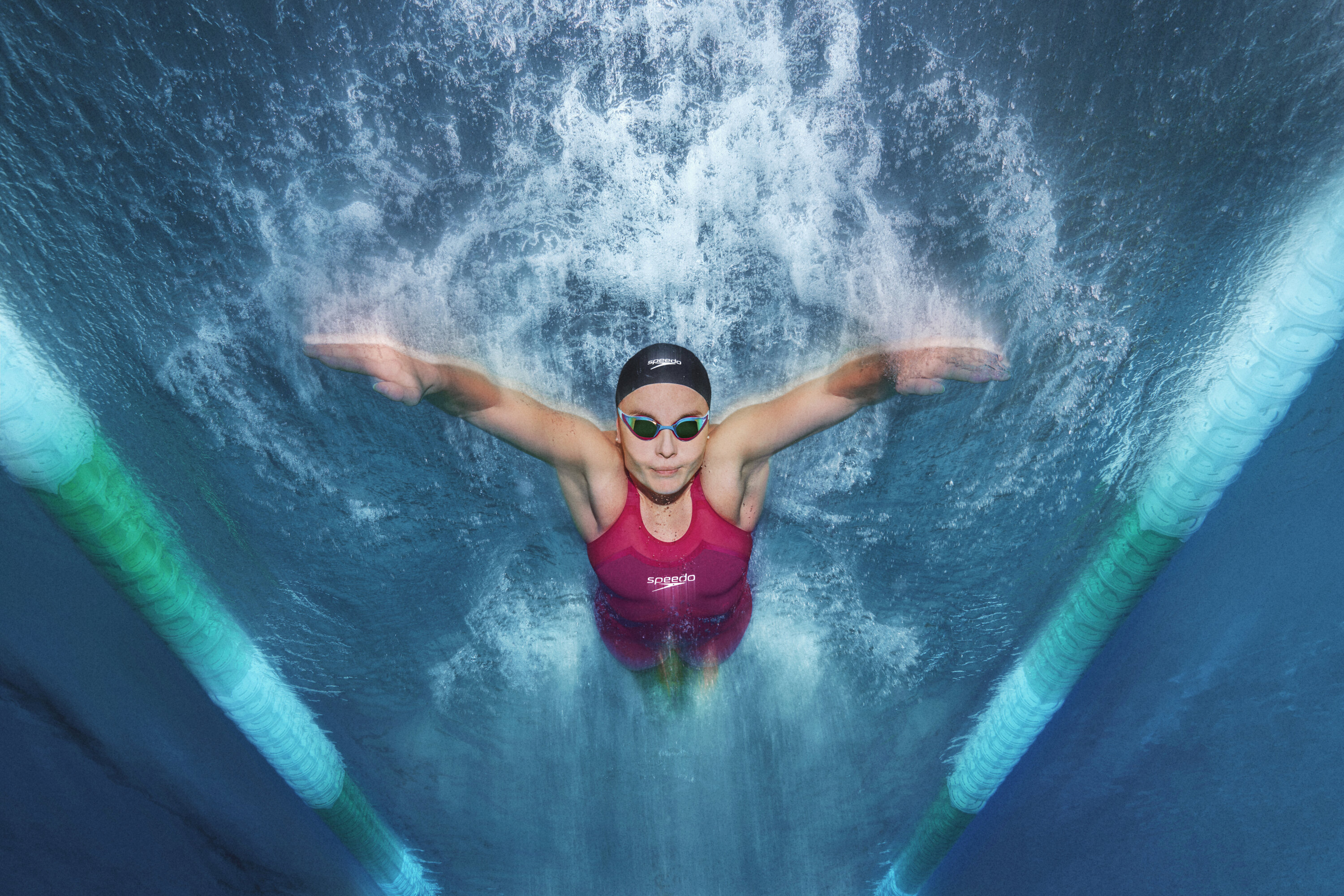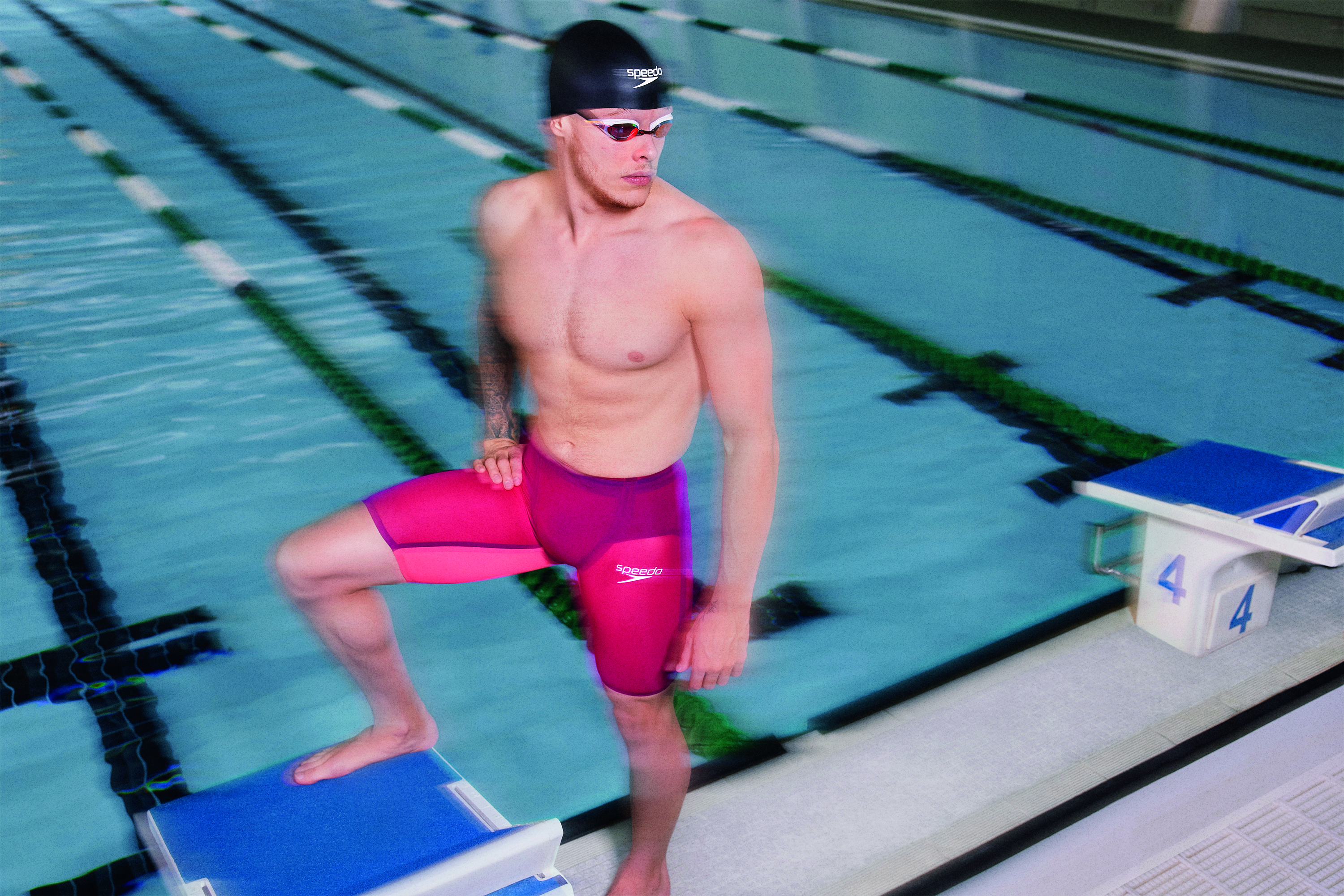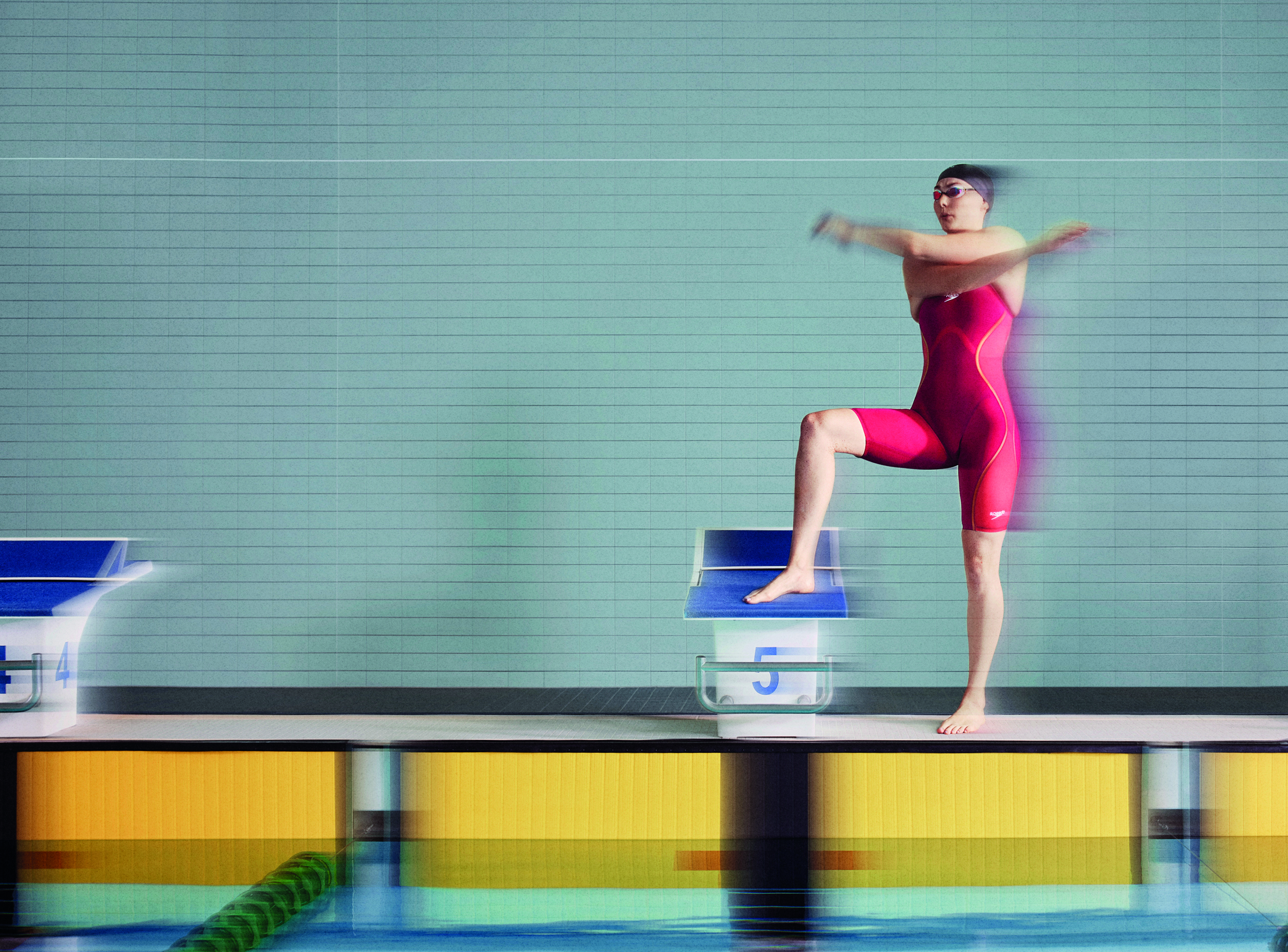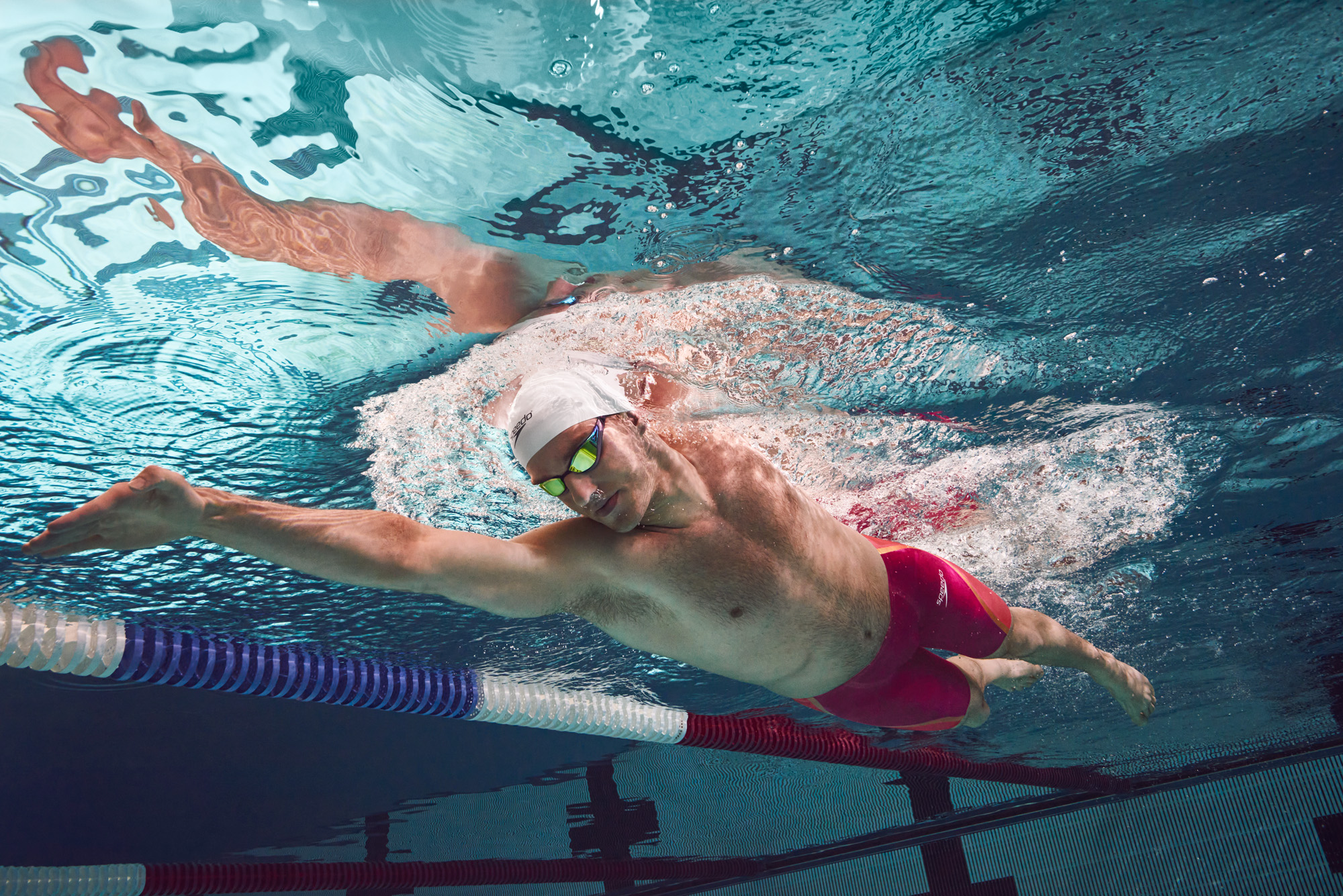What are racing suits?
There are two types of swimming racing suits: technical suits and jammers. Technical suits are designed for speed and to fit snugly against the body, reducing drag and increasing speed in competition. Jammers, on the other hand, are designed for comfort and are made of a more flexible material. They provide more coverage and are ideal for longer races.
Swimming racing suits are now an essential part of a swimmer's equipment. Whether you are a competitive swimmer or just enjoy swimming for fitness, a well-fitting racing suit can make a big difference in your performance. A true investment into your swimming success.
Why are racing suits important?
Swimming racing suits are important for a number of reasons. Firstly, they provide buoyancy, which can help a swimmer maintain the proper body position in the water. This is crucial for maintaining speed. Secondly, racing suits are designed to reduce drag, allowing a swimmer to move through the water more efficiently. This can lead to faster times and improved performance.
Additionally, racing suits can provide a mental advantage. When a swimmer feels confident and comfortable in their suit, they are more likely to perform to the best of their abilities. A well-fitting racing suit can help a swimmer feel more confident and prepared for their race.
Ladies Fastskin LZR Pure Valor Openback Kneeskin
How have racing suits evolved over the years?
Swimming racing suits have evolved significantly over the years. In the early days, racing suits were made of heavy materials such as wool and were designed to provide buoyancy rather than speed. However, with advancements in technology, racing suits have become lighter, more flexible, and designed to reduce drag and increase speed.
Another major development in swimming racing suits has been the introduction of new designs. Racing suits are now designed to fit snugly against the body, reducing drag and increasing speed. Additionally, racing suits are designed to minimize turbulence, allowing a swimmer to move through the water more effectively.
What are the specific differences between a Racing Suit and a Jammer?
A racing suit is a full-body swimwear that covers the torso, arms, and legs. It is made of technical materials that are designed to reduce drag and improve buoyancy, making it easier for the swimmer to move through the water quickly.
A racing jammer, on the other hand, is a form-fitting swimwear that covers the torso from the waist to just above the knee. It is less restrictive than a racing suit and provides more freedom of movement for the legs. Jammers are also made from technical materials to reduce drag and improve performance.
In summary, a racing suit covers more of the body than a racing jammer and is designed for maximal performance, while a racing jammer provides more freedom of movement and is often preferred by swimmers who prefer a lighter swimwear option.
Men's Fastskin LZR Pure Valor Jammer
Do racing suits make a difference in competitions?
Yes, swimming racing suits can make a difference in performance. However, it is important to note that the suit alone will not magically improve performance. The swimmer's technique, training, and overall physical conditioning also play a crucial role in determining their performance.
What are the technical aspects of racing suits?
Material: Swimming racing suits are made of high-tech materials. These materials are chosen for their low water absorbency, high elasticity, and ability to trap a thin layer of water between the skin and the suit, reducing drag.
Texture: The surface of the suit is designed to minimize turbulence and create a smooth flow of water over the skin. The texture can range from dimpled patterns, to smooth and glossy surfaces, and it is strategically placed to optimize hydrodynamic performance.
Thickness: Racing suits come in different thicknesses, with the thinnest being the fastest. Thicker suits provide more buoyancy but also increase drag, making them suitable for longer events and swimmers who struggle with body positioning.
Buoyancy: The buoyancy of a racing suit is achieved through the use of materials that trap a small amount of water, providing an upward lift. This also helps to reduce drag by lifting the swimmer's body higher in the water.
Fit: A snug fit is critical for a racing suit to perform effectively. The suits are designed to fit tightly to the body, reducing any wrinkles that could cause drag. Some suits come with adjustable straps and zippers to allow for a custom fit.
Compression: Compression technology is used to provide support to muscles and reduce muscle oscillation, which can result in a reduction of drag. This results in improved posture, stability, and overall swimming performance.
Ladies Fastskin LZR Pure Intent Openback Kneeskin
Are there any restrictions on the design of swim racing suits for competition?
Yes, there are restrictions on the design of swim racing suits for competition set by the governing body of competitive swimming, FINA (Fédération Internationale de Natation).
FINA sets rules for the design of swimwear used in competitions to ensure fair play and to prevent technological advancements in suits from giving athletes an unfair advantage. The restrictions on swim racing suits include:
- Height of the suit: The maximum height of the legs and arms of the suits is 50 cm from the waist to the end of the suit.
- Material: The suits must be made of a textile material and cannot contain any non-textile elements that may aid buoyancy or reduce drag, such as wires, zippers, or rubberized or silicone material.
- Coverage: The suits cannot cover the neck or extend past the shoulder blades.
- Transparency: The suits cannot be transparent or too thin to the point where the body of the swimmer is visible through the material.
Can I wear a swim racing suit for training purposes?
Yes, you can wear a swim racing suit for training purposes. However, it's important to keep in mind that racing suits are designed for maximum speed and are typically made from materials that are less durable than traditional swimwear, so they may not be as suitable for frequent or prolonged use during training sessions.
How do I care for my swim racing suit?
To care for a swim racing suit, follow these steps:
- Rinse the suit in cool water immediately after use to remove chlorine, salt, and sweat.
- Do not wring or twist the suit, as this can damage the material.
- Hand wash the suit in cool water with a gentle soap, such as mild detergent or shampoo.
- Avoid using fabric softeners, as they can break down the spandex fibers in the suit.
- Hang the suit to air dry in a cool, shaded area, away from direct sunlight or heat sources.
- Do not dry the suit in a dryer, as the high heat can shrink or damage the material.
- Store the suit flat or hanging in a cool, shaded area.
Men's Fastskin LZR Pure Intent Jammer
How do I choose the right swim racing suit for me?
When choosing a swim racing suit, You need to consider the following factors:
- Material: Look for a suit made of lightweight and hydrophobic material that provides a good balance between durability, compression, and buoyancy.
- Fit: Make sure the suit fits snugly and doesn't restrict movement, but isn't too tight that it restricts breathing or circulation.
- Comfort: Choose a suit that feels comfortable and doesn't chafe or rub during long swims.
- Purpose: Consider the type of swim meet and the distance you'll be racing, as some suits are designed for specific events or distances.
View our Men or Women racing suits.
Read more of our blogs.




